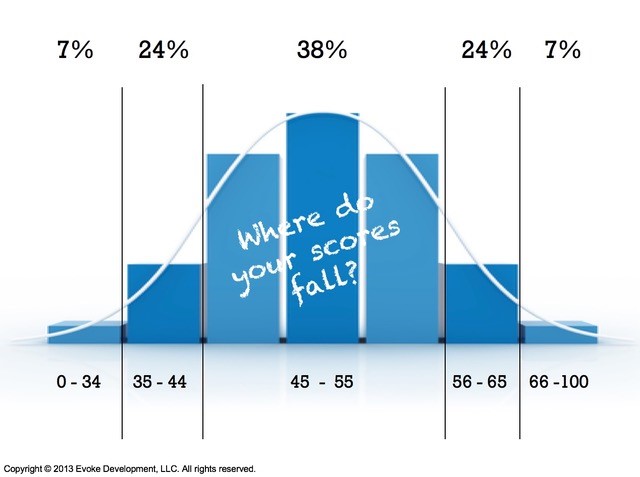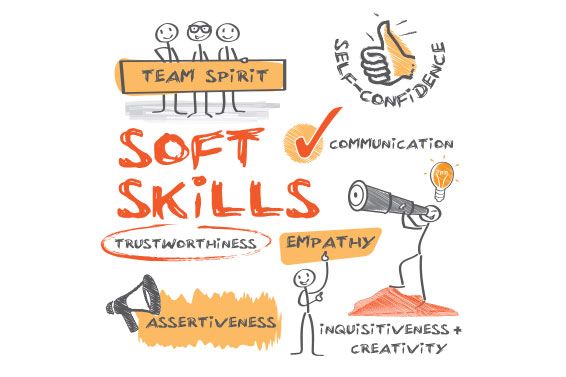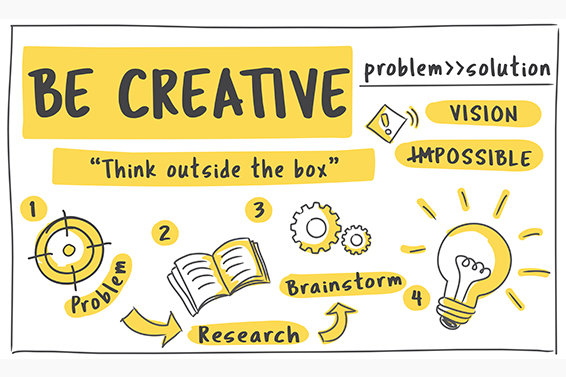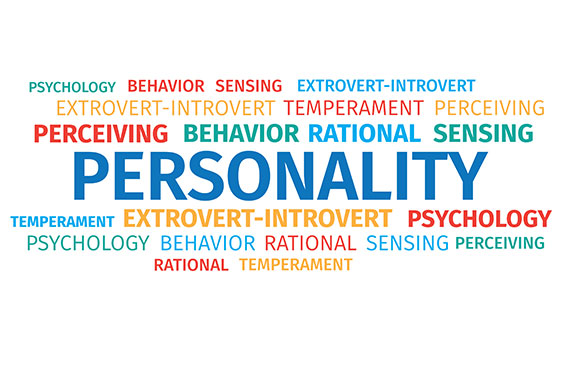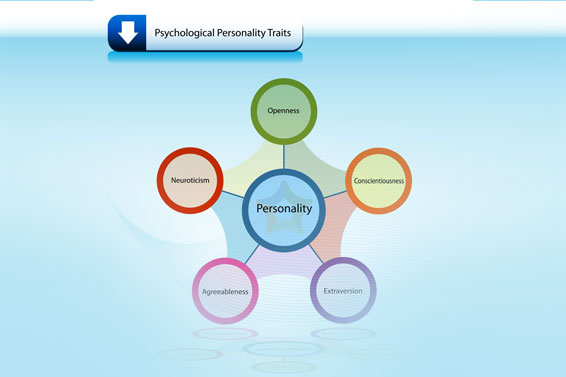What Is the Five Factor Model of Personality?
The WorkPlace Big Five Suite of Assessments uses a common language to identify and describe the individual traits that determine human behavior. The Five Factor Model is the core of the WorkPlace Big Five Profile and is considered the gold standard of personality measurement by psychologists and researchers. The WorkPlace Big Five is one of…

